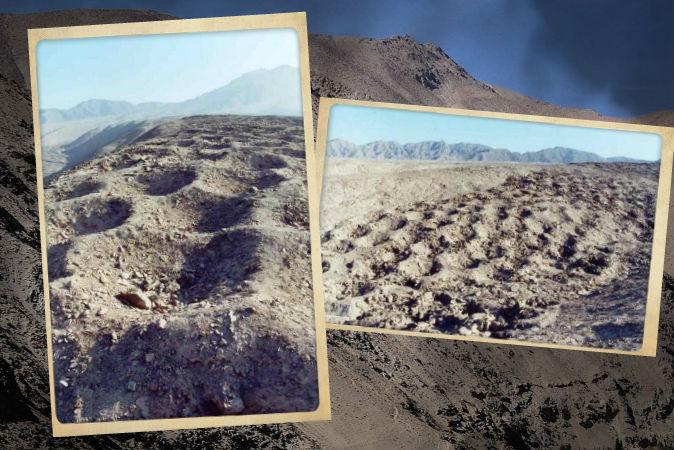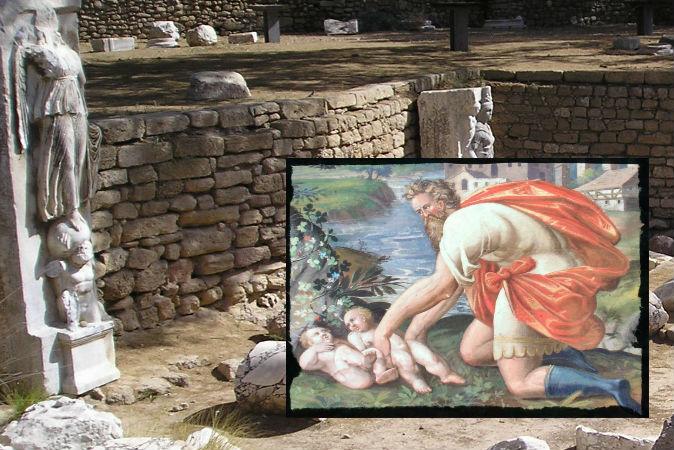Located near the historic center of Sintra, Portugal lies the Quinta da Regaleira- a spectacular estate that sits in a World Heritage protected landscape. While thousands of tourists flock to the castle every year to admire the unique architecture of the Quinta de Regaleira that combines Gothic, Egyptian, Moorish and Renaissance features, one of its most fascinating features is located beneath the ground – a pair of wells spiraling deep within the earth. The wells were never used, nor intended for water collection. Instead, these mysterious underground towers were used for secretive initiation rites.

The Quinta de Regaleira. Liljc716/Flickr


